Year 3
The science inquiry skills and science as a human endeavour strands are described across a two-year band. In their planning, schools and teachers refer to the expectations outlined in the achievement standard and also to the content of the science understanding strand for the relevant year level to ensure that these two strands are addressed over the two-year period. The three strands of the curriculum are interrelated and their content is taught in an integrated way. The order and detail in which the content descriptions are organised into teaching and learning programs are decisions to be made by the teacher.
Incorporating the key ideas of science
Over Years 3 to 6, students develop their understanding of a range of systems operating at different time and geographic scales.
In Year 3, students observe heat and its effects on solids and liquids and begin to develop an understanding of energy flows through simple systems. In observing day and night, they develop an appreciation of regular and predictable cycles. Students order their observations by grouping and classifying; in classifying things as living or non-living they begin to recognise that classifications are not always easy to define or apply. They begin to quantify their observations to enable comparison, and learn more sophisticated ways of identifying and representing relationships, including the use of tables and graphs to identify trends. They use their understanding of relationships between components of simple systems to make predictions.
(source: www.australiancurriculum.edu.au)
Achievement Standard
By the end of Year 3, students use their understanding of the movement of Earth, materials and the behaviour of heat to suggest explanations for everyday observations. They group living things based on observable features and distinguish them from non-living things. They describe how they can use science investigations to respond to questions.
Students use their experiences to identify questions and make predictions about scientific investigations. They follow procedures to collect and record observations and suggest possible reasons for their findings, based on patterns in their data. They describe how safety and fairness were considered and they use diagrams and other representations to communicate their ideas.
(source: www.australiancurriculum.edu.au)
- Plus Plan

Changes in Matter Due to Heat - Worksheets
Identify examples of reversible and irreversible changes caused by heat with a pair of Changing States of Matter Worksheets.
- Plus Plan
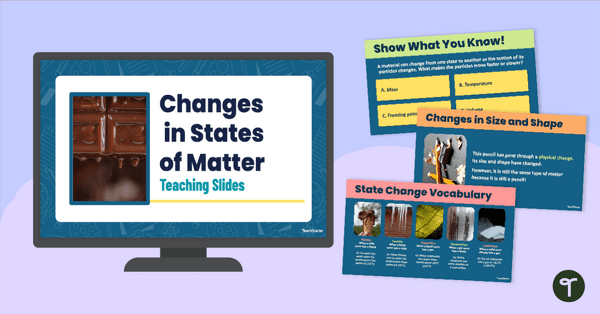
Changes in States of Matter Teaching Slides
Teach your students about the changes in states of matter with an engaging interactive teaching slide deck.
- Plus Plan
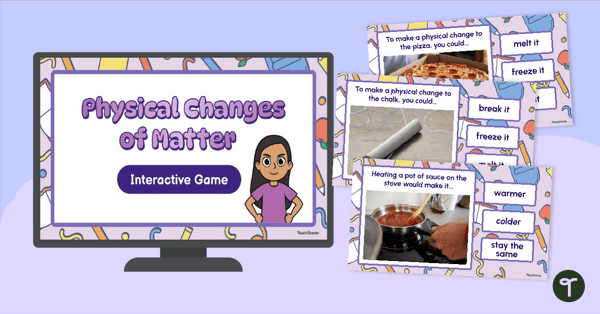
Physical Changes in Matter Interactive Game
Observe and predict physical changes in matter with an engaging, interactive Science Game!
- Plus Plan

R.E.R.U.N. - Writing a Scientific Conclusion Anchor Charts
Introduce your students to the R.E.R.U.N. method for writing a scientific conclusion with a printable poster and fact sheet.
- Plus Plan
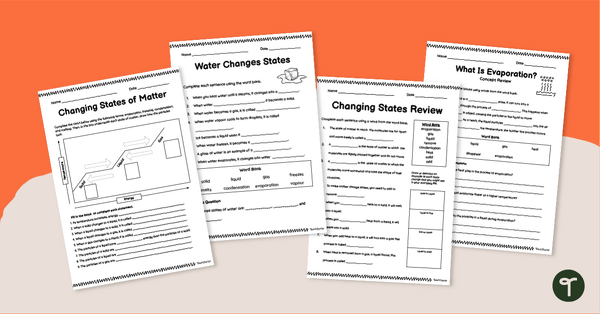
Changing States of Matter Worksheets
Introduce your students to the changing phases of matter with a set of printable science worksheets.
- Plus Plan
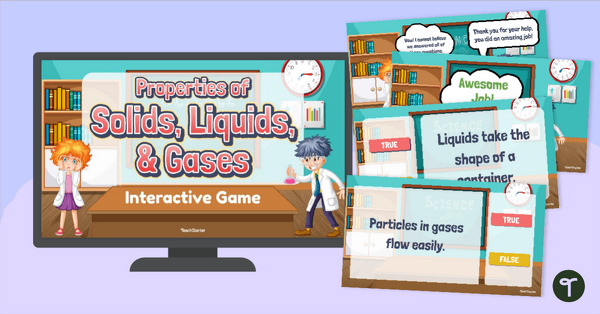
Properties of Solids, Liquids, and Gases Interactive Game
Discover the properties of solids, liquids, and gases with an engaging Properties of Matter Interactive Game.
- Plus Plan
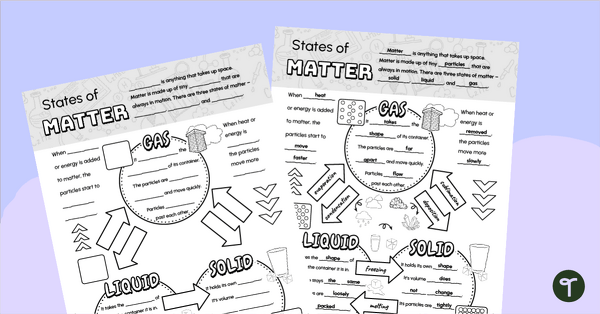
States of Matter Doodle Notes Template
Improve note-taking skills with a printable States of Matter Doodle Notes Template.
- Plus Plan

Natural and Human Made Heat Sources Sort
Explore the different man-made and natural heat sources with this sorting activity.
- Plus Plan
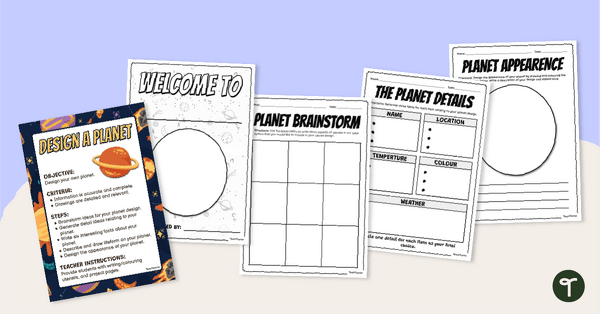
Design a Planet Project
Explore the different planets during this design your own planet project for kids.
- Plus Plan
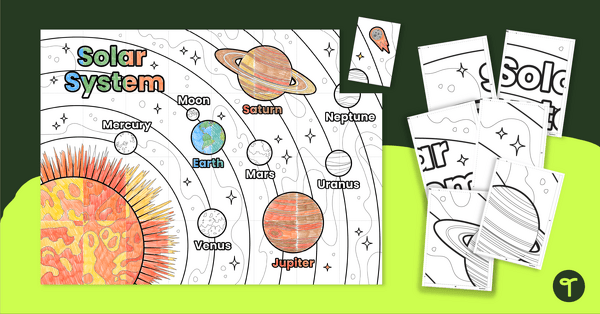
Planets Collaborative Colouring Display
Combine colouring with awareness of the planets and the solar system with this collaborative colouring sheet.
- Free Plan
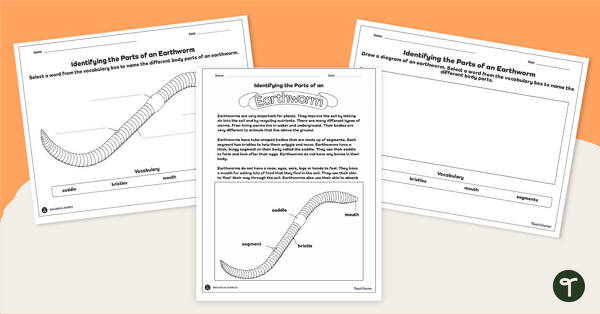
Diagram of an Earthworm Worksheet Pack
Read, learn and label the parts of a worm with a set of printable animal features worksheets.
- Plus Plan
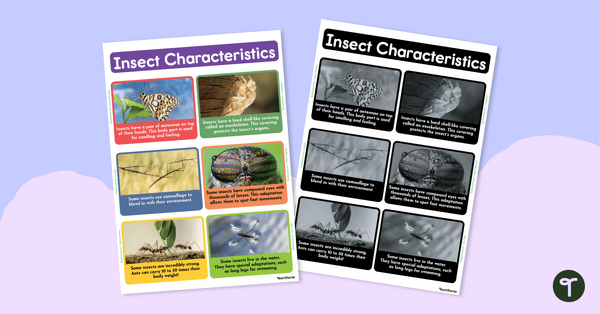
Facts About Insects Anchor Chart
Display this Facts About Insects poster showcasing interesting insect facts and characteristics in your classroom.
- Plus Plan
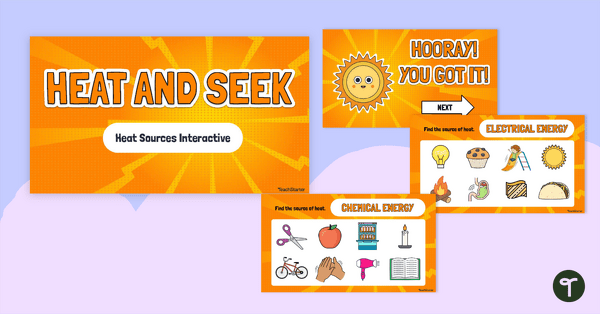
Heat Energy Sources Interactive Activity
Help students identify different sources of heat energy with this engaging, interactive activity.
- Plus Plan
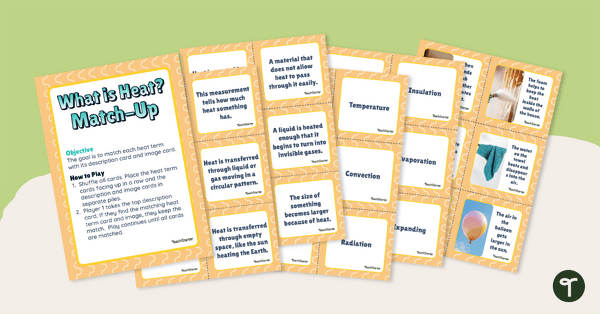
Heat Energy Vocabulary Match Up Activity
Explore different heat energy vocabulary words with this definition and word match-up activity.
- Plus Plan
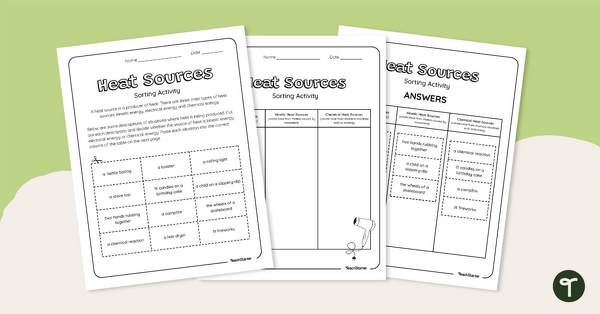
Heat Sources Cut-and-Paste Worksheet
Explore different types of heat sources with your students using this cut-and-paste worksheet.
- Plus Plan
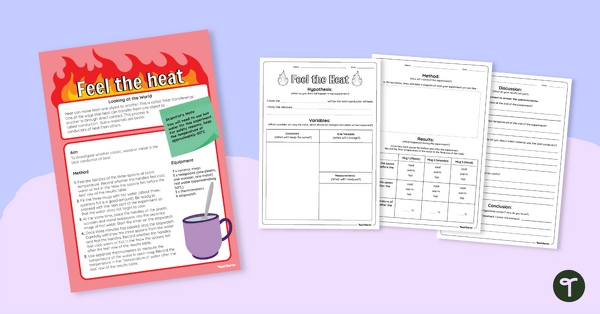
Heat Conductors Science Experiment (Feel the Heat)
Investigate heat conductors with your students using this engaging science experiment.
- Plus Plan
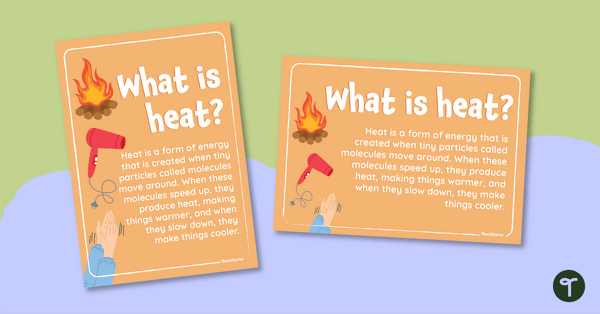
What is Heat? Poster
Explore the concept of heat energy with this classroom poster.
- Free Plan
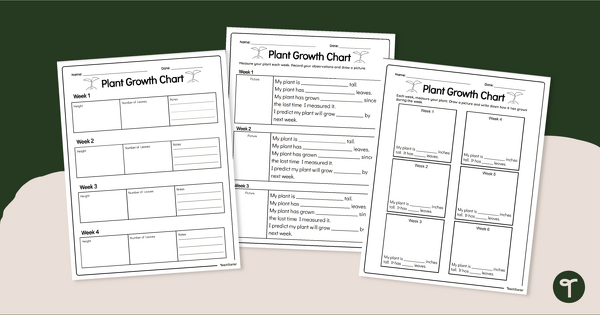
Plant Growth Chart Worksheet
Record the growth and changes in a plant over time with one of our differentiated plant growth charts.
- Plus Plan
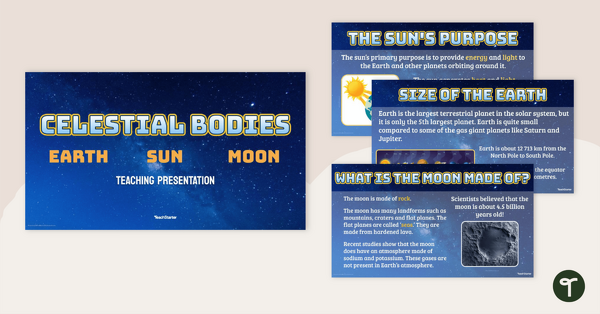
Celestial Bodies – Earth, Sun and Moon – Teaching Presentation
Learn information about the Earth, sun and moon while comparing the physical characteristics of each with this 22-slide teaching presentation.
- Plus Plan
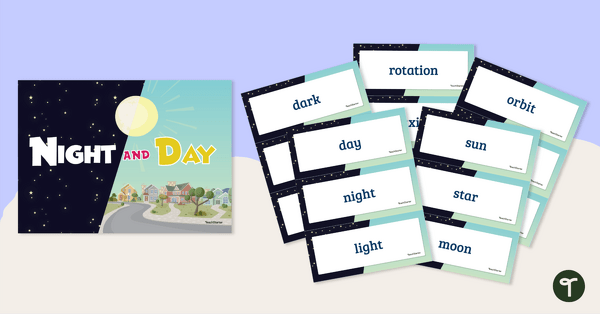
Night and Day Word Wall
A set of vocabulary words related to night and day.
- Plus Plan
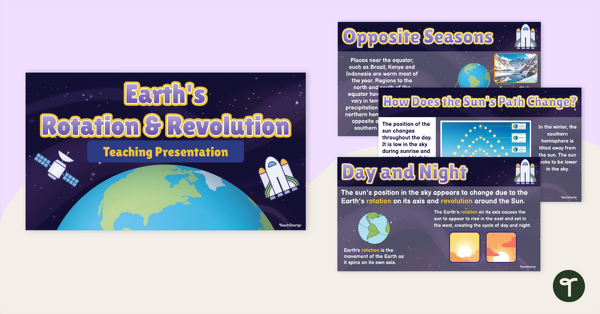
Earth's Rotation and Revolution – Teaching Presentation
Explore the difference between rotation and revolution while learning about the day and night cycle, what causes the seasons to change and more with this teaching presentation.
- Plus Plan
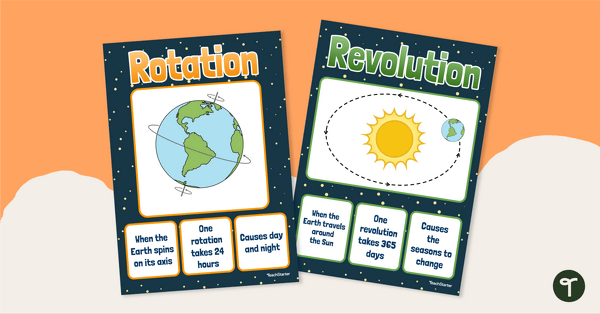
Rotation vs. Revolution Poster Set
Display information in your classroom about the differences between rotation and revolution with this poster set.
- Plus Plan
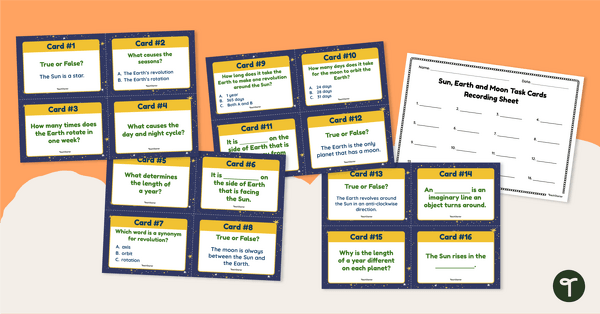
Sun, Earth and Moon Task Cards
Review information about the Earth, Sun and moon with this set of task cards.
- Free Plan
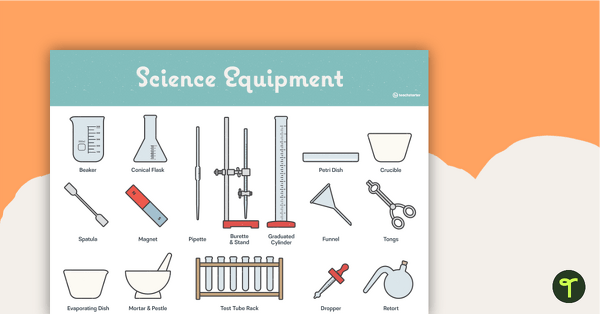
Lab Equipment Poster – Diagram with Labels
A poster containing a diagram with labels showing standard lab equipment.
- Plus Plan
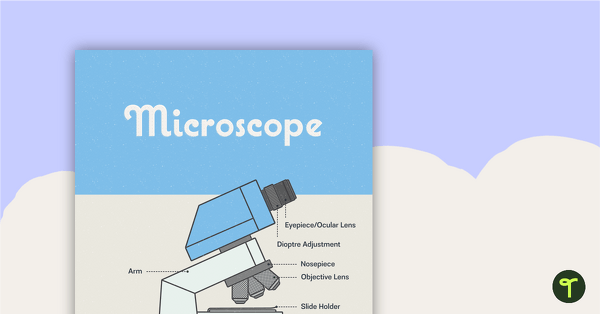
Microscope Poster – Diagram with Labels
A poster containing a diagram with labels showing the key parts of a microscope.
- Plus Plan
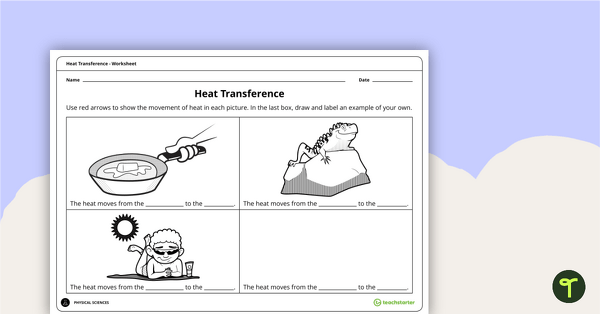
Heat Transference Worksheet
A worksheet to help students identify examples of heat transference.
- Plus Plan
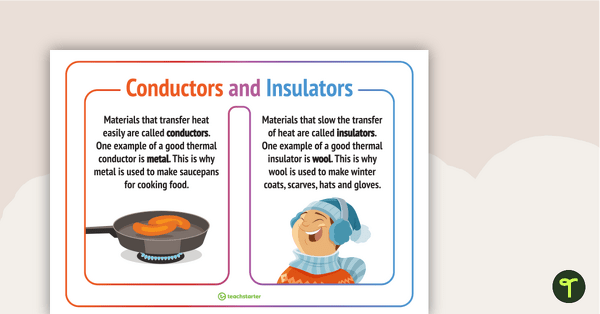
Conductors and Insulators Poster
A poster highlighting conductors and insulators of heat energy.
- Plus Plan
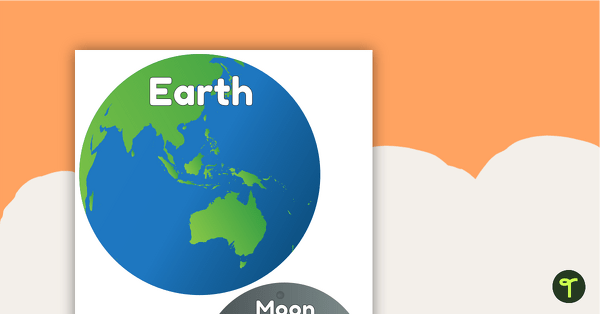
Earth, Sun and Moon Pictures
Colourful pictures of the sun, Earth and moon.
- Plus Plan
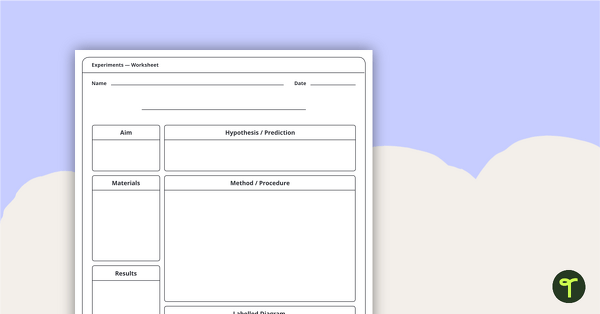
Science Experiment Recording Sheet
A recording sheet to use when completing a Science experiment.
- Plus Plan
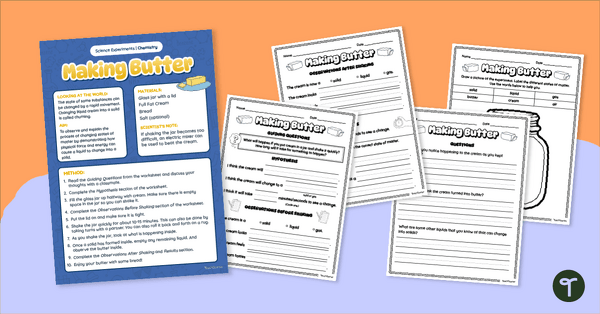
Making Butter in a Jar – States of Matter Lab Activity
Have fun making butter in a jar in this exciting Changing States of Matter Lab Activity.
- Plus Plan
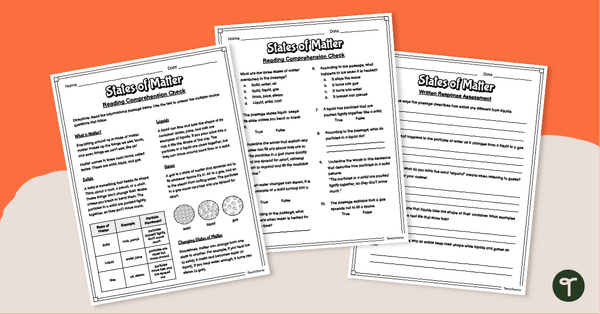
Comprehending Science - States of Matter Worksheet Pack
Use our Comprehending Science - States of Matter Worksheet Pack to review concepts related to solids, liquids, and gases.
- Plus Plan
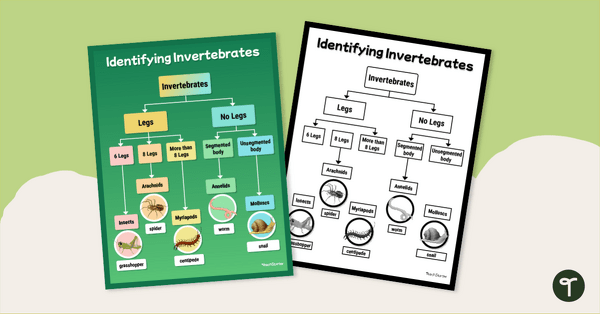
Identifying Invertebrates Poster
Help your students differentiate between insects, arachnids and other invertebrates, with a printable Invertebrate Identification chart.